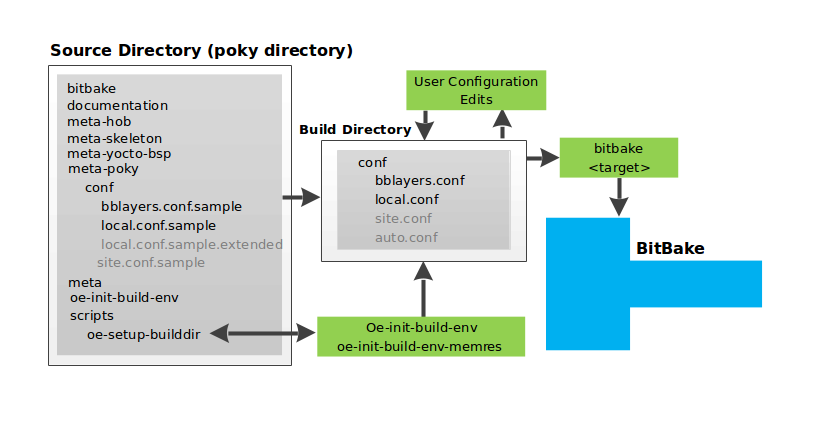
- #3RD PARTY DIRECTORY PERFORCE DOWNLOAD IN CENTOS UPDATE#
- #3RD PARTY DIRECTORY PERFORCE DOWNLOAD IN CENTOS PATCH#
You can go through this article to understand the use of the find and locate commands on CentOS 8. Both commands work well but in different situations that we have mentioned.
For this, you can use the locate command and the find command as per your choice. One of the commonly used commands is for searching a file or directory from the system. With Linux's various commands, you can make your work easier and more efficient. If you want to implement more advanced usage, you can check the man pages of find and locate using the below command.

If you want to list down the directory in a long listing format, you can use the "ls" along with the find command, as seen below.Īnother option is the "-iname" that will implement the case-sensitive search. If you want to restrict the find command from searching the other file types except for directories, you can use the -type flag along with the find command that will specify the file type. If in case, after running the above command, you will get the "permission denied" error, you can use the sudo command as mentioned below. You can use the following command where the "-name" option will help read the expression, the directory basename. Suppose we want to search for the same directory as mentioned above, "pkg" within the current working directory. So, to avoid such an issue, we have moved to the find command using the below syntax. In the above output, locate will start the search from the root directory and return the other directories with the same name. Here, "\" is a gobbling character and disables the replacement of pkg by *pkg*. In the below-mentioned command, the option "-basename" or "-b" helps the locate command to only match the file or directory basename but does not match the path. Here, we are searching for the "pkg" directory within the current working directory. We are explaining why the locate command is neglected in comparison to the find command. You can use the locate command with the following syntax. Also, the locate command is not flexible for searching from a starting point. The locate command is not commonly used due to its downside, as it looks for one or more databases that are created by the updatedb command and do not consider the live file system. Within this guide, we are majorly focusing on the find command due to its efficiency and reliability as compared to other search commands in searching for a file or directory. But the last command, "which," is used primarily for looking for the specific command. Some commands that can be used are- find, locate, and which. The Linux system provides various utilities that help in searching the file using the command-line interface. One of the major tasks of any user working on Linux is to find the file or directory.

It provides you various ways in order to find a directory within the system. Linux systems are based on the files and directories structure. Open the following domains based on the country that the server is located in.List of content you will read in this article: This will ensure that the product server will be able to reach the APN, FCM and WNS server. To manage all mobile devices from a centralized location, the following domains must be open. Similarly, for SUSE Linux machines, ensure that the following domains are reachable from the server.

#3RD PARTY DIRECTORY PERFORCE DOWNLOAD IN CENTOS PATCH#
The following domains need to be added to the exception list of the proxy server for the patch management module to function without any errors.Įnsure that the configured Proxy settings has permission to download the installable files from the below mentioned websites.įor Red Hat Linux machines, the below given website must be given appropriate permissions for it to be accessible from Desktop Central Server. The server reaches out to servers like the APN, FCM and WNS server to contact managed mobile devices.
#3RD PARTY DIRECTORY PERFORCE DOWNLOAD IN CENTOS UPDATE#
Desktop Central uses certain domains to update the patch details in the patch database.


 0 kommentar(er)
0 kommentar(er)
